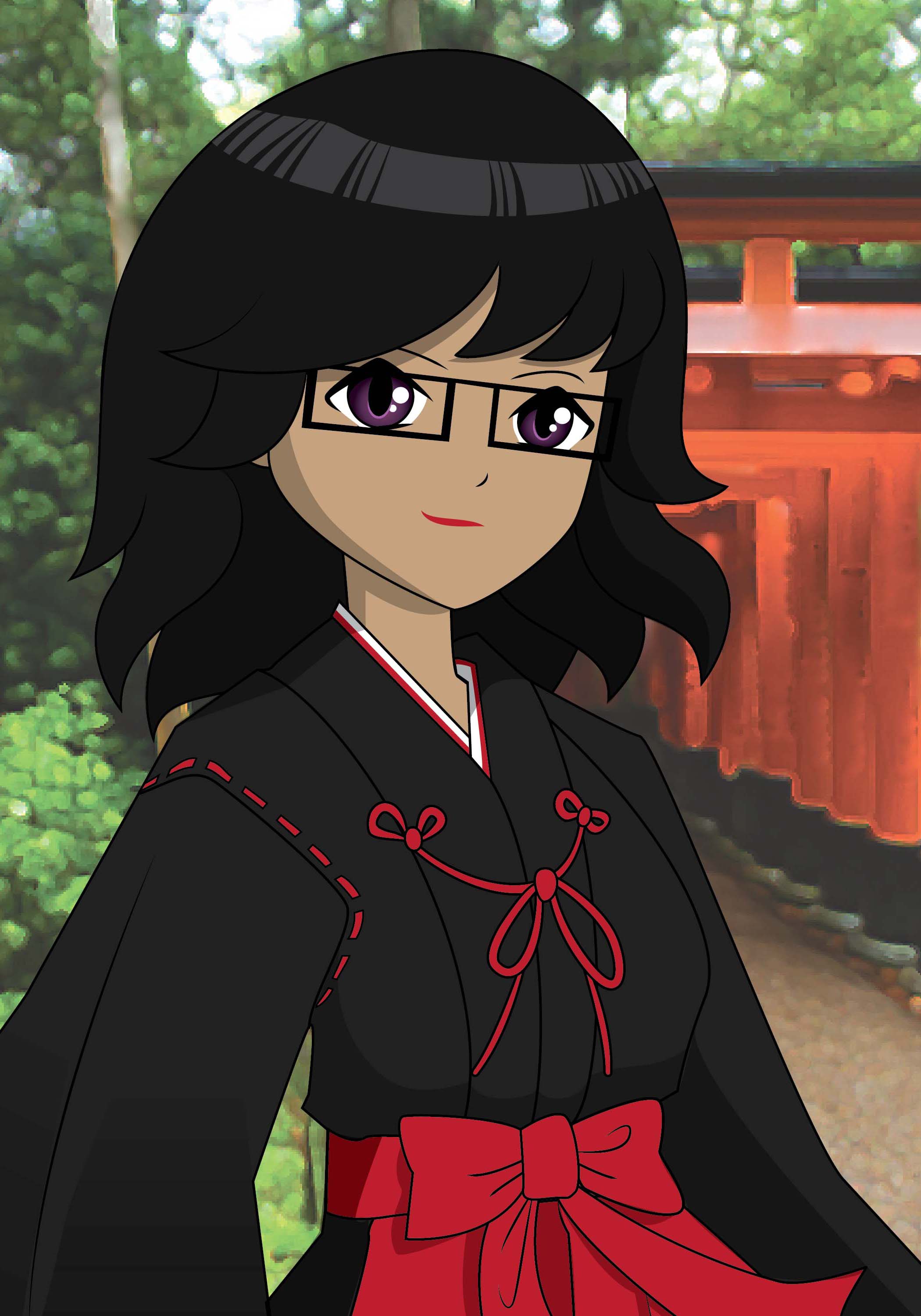When I think of chastity belts, I think of the movie Robin Hood: Men in Tights. (Go ahead and judge. I liked this much-maligned Mel Brooks movie) In it, the hero not only will have the key to the fair princess’ heart but to her Everlast chastity belt. We’ve seen and read much about the chastity belt being around since the Crusades. It shows up in books and film, most recently in Mad Max Fury Road. These barriers against infidelity and rape were mostly a tale of fiction until the 19th century. There is no evidence they existed or were used during the crusades. The earliest images were in the 16th century. When you look at the evidence, you find stories about chastity belts are more of a smear campaign against an earlier “dark age” blown out of proportion in the moral mire that was the 19th century. There were, in fact, no medieval chastity belts being worn to protect a ladies virtue.
You might be saying to yourself, “But I’ve seen them! They’re in museums!”
Well, yes, they were in museums. Until they found out they were not from an earlier era but the Victorian era. Most of them have been removed from display. A medieval chastity belt on display at the British Museum turned out to be from the 18th or 19th century. Another that was shown in the Musee de Cluny in Paris, and credited as being worn by Catherine De Medici, was tested and proved to be made in the early 1800s. In typical fashion, we became so enamored with the idea of the chastity belt we never actually looked at how improbable their use really was. We fell for the story about knights locking their wives in metal girdles hook, line, and sinker. As several historians who busted the myth of chastity belts have said, we wanted to believe that the dark ages were a barbaric time compared to our enlightened age.
Oddly enough, the enlightened age that comes up with the preposterous idea was the Renaissance era. The Crusades took place between the 11th and 13th centuries, and there is no evidence of chastity belt use during that time. There isn’t mention of its use until the 15th century. According to Albrecht Claussen, the author of The Medieval Chastity Belt: A Myth-Making Process, the first textual evidence is in Konrad Kyser’s Bellifortis in 1405. The book is about war machinery. Florentine women used them, as Kyser tell us in his book, and includes a hand drawn illustration. It’s in a chapter with instruments of torture, so its authenticity is in serious doubt. That and Kyser’s book also includes fart jokes.
When historians look at illustrations and writings from the 15th and 16th century, it’s apparent the girdle of Venus was more of a joke, a piece of prurient propaganda, or a way to decry the dark ages as brutal and cruel thus lesser than the current era. Most of the illustrations show the lover hiding somewhere in the shadows with a copy of the key. Meanwhile, the poor sap of a husband leaves town thinking he has protected his wife from straying while he’s gone. One can imagine these images of cuckolded husbands were quite the knee slapper.
It only get’s worse as we approach the Victorian era, they loved the idea of girdles of cruelty. How else do we keep our hands, and other’s hands and… stuff… from our sinful nether regions.
This is when the fakes enter the scene.
The Victorians were so against sex for pleasure they took an era they thought of as being pretty with it in the “no sex unless for procreation” department and went with it. They didn’t care if it was true, this was an age where patents were being issued every day for inventions to stop people from engaging in sexual activity. What they didn’t take into account was how dangerous these things would be to wear if they actually existed.
A “metal bikini” with a small opening for bodily functions worn for an extended time would be lead to debilitating injuries and even death. Even lined or padded iron would still chafe and cause painful abrasions on the skin. It would be extremely uncomfortable to move or sit, and they did not leave enough space for bodily functions. There would risk of infections and sepsis. Even if a Knight wanted his wife to be locked up in a girdle of Venus while was off on the crusades, he would return to a wife that has been severely injured or even dead. Not really what they had planned.
This means that metal padlocked belts adorned with spike-edged openings may have inspired the ones worn by Immortan Joe’s wives but are just as much a product of fiction as the film. The irony is these barriers to pleasure are now used in BDSM. Chastity belts exist today although worn for a limited time in Dominant/submissive play. They are built to deny access to the genitals or to prevent an erection so that the Dominant has complete control of those options. So take that, Victorian prudes! Today chastity belts are not used to prevent sex but to enhance it.




![By Dvortygirl (Own work) [CC BY-SA 3.0 (http://creativecommons.org/licenses/by-sa/3.0) or GFDL (http://www.gnu.org/copyleft/fdl.html)], via Wikimedia Commons](http://www.sexualhistorytour.com/wp-content/uploads/2016/05/Yarndoll11-e1462228166739.jpg)
